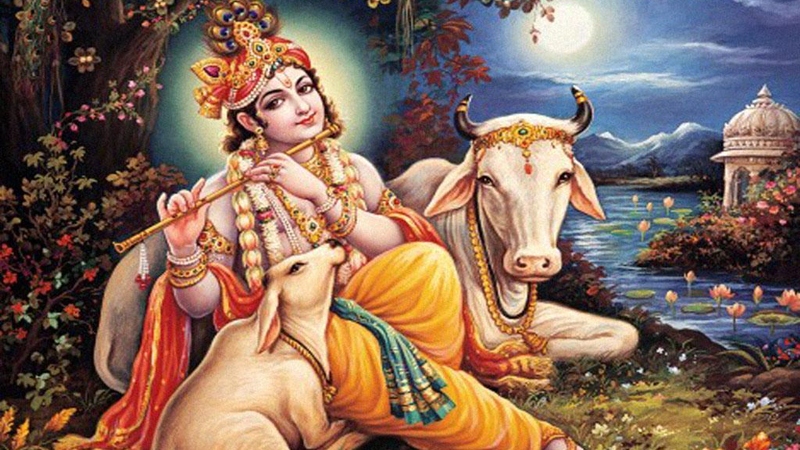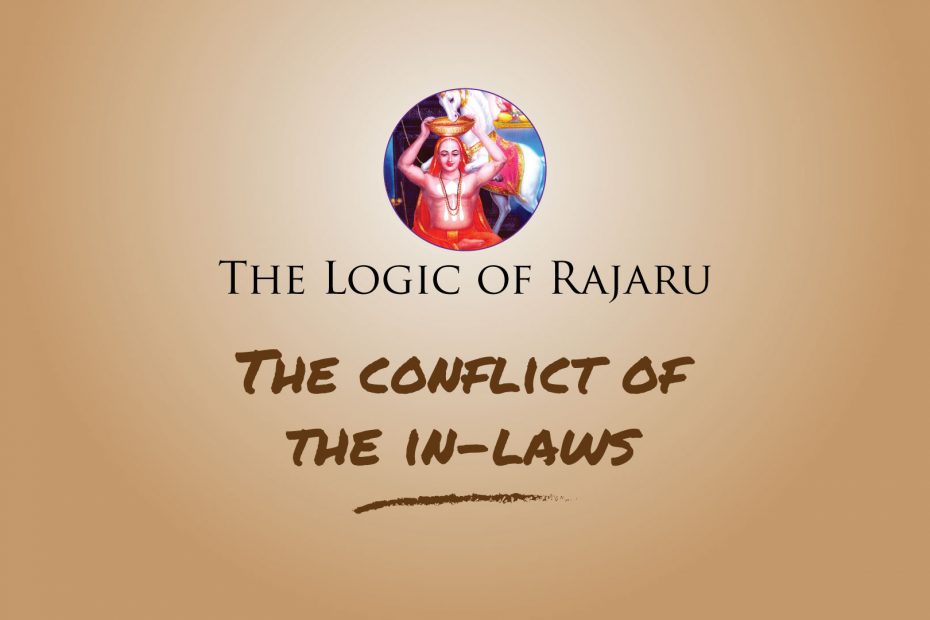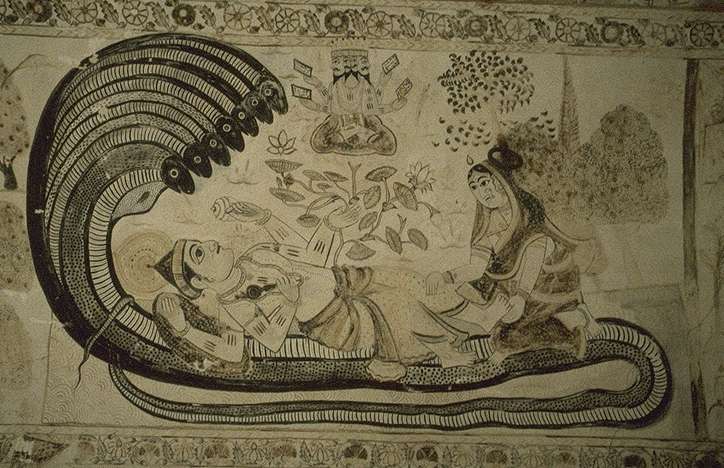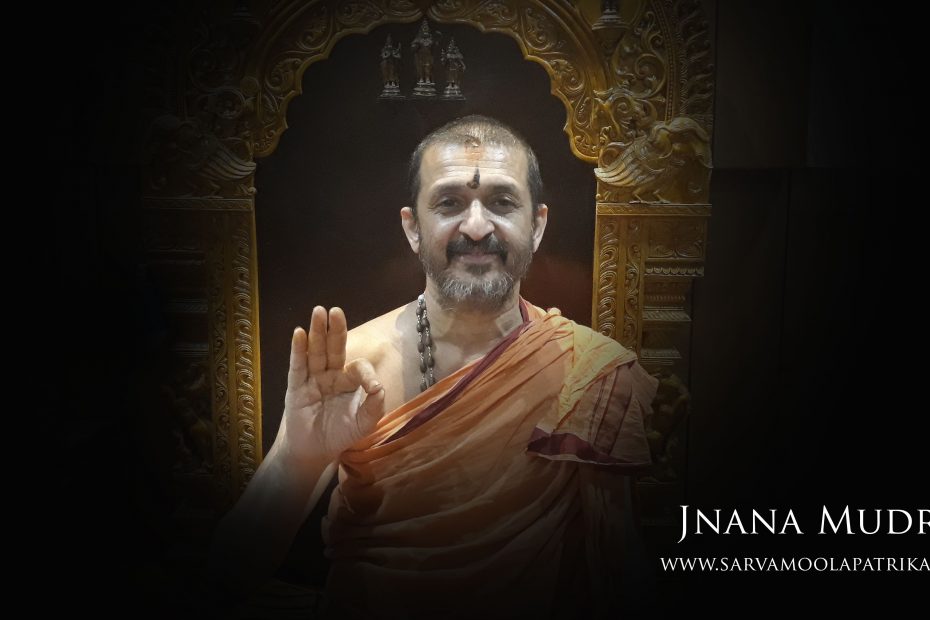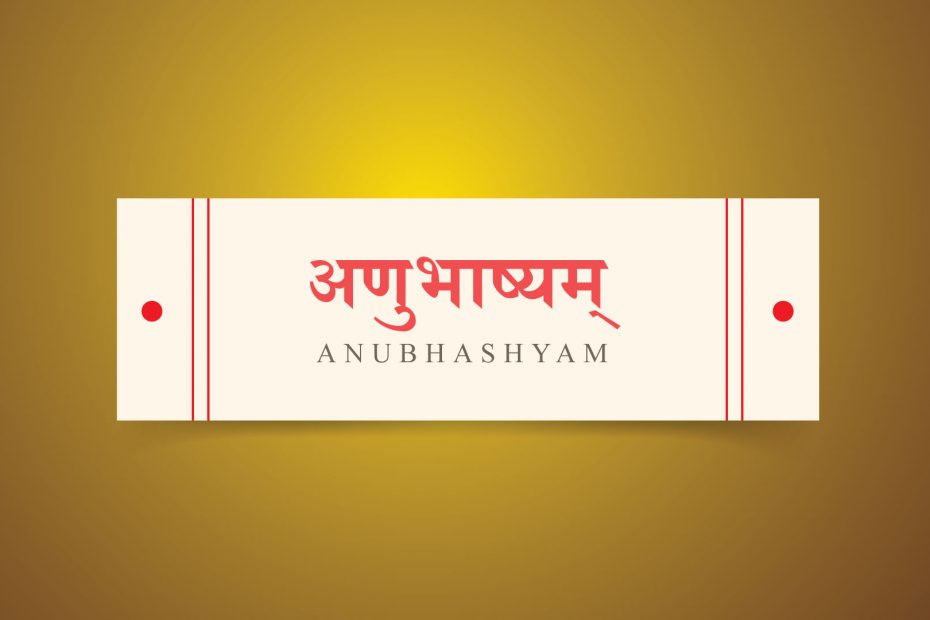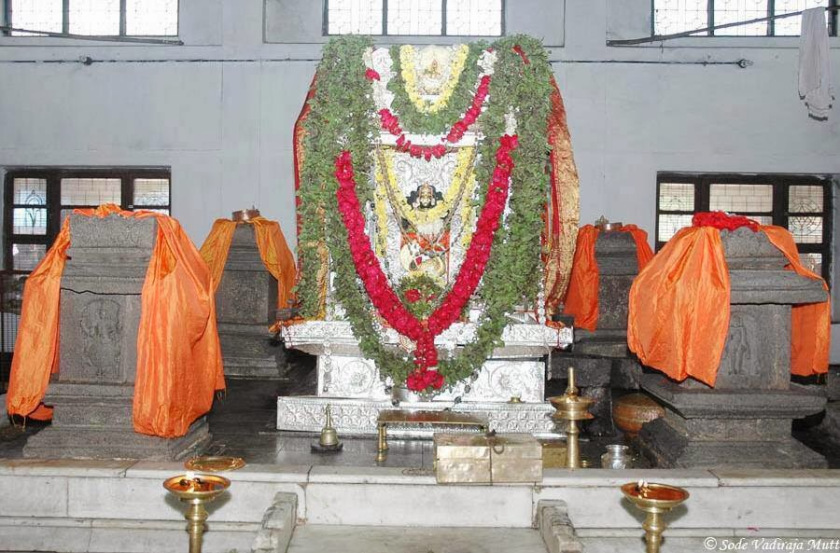Krishnayana – III
Brahma has described the tribulations of the earth as Dharajwara. Jwara here refers to santaapa – travails, woes or grief. Woes are three fold – aadhyatmika, aadibhoutika and aadidaivika (caused by internal factors, caused by physical forces and caused by divine forces respectively).
